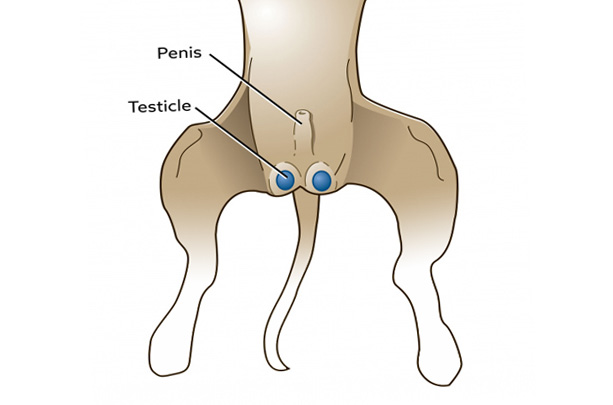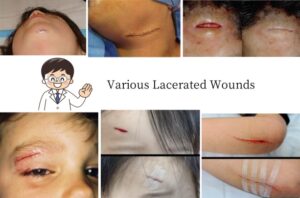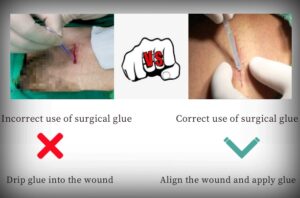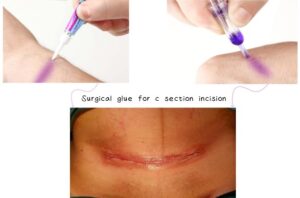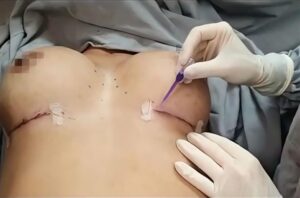Neutering or spaying your dog is an important responsibility that every dog owner should consider. The procedure involves the removal of reproductive organs, which helps prevent certain health issues, and behavior issues in pets, and reduces pet overpopulation. As a rule, veterinarians recommend neutering or spaying.
What is neutering or spaying?
Neutering or spaying is a surgical procedure performed on animals, typically cats and dogs, for birth control purposes.
Ovariohysterectomy, or the typical “spay”: the ovaries, fallopian tubes, and uterus are removed from a female dog or cat. This makes her unable to reproduce and eliminates her heat cycle and breeding instinct-related behavior.
Orchiectomy, or the typical “neuter”: the testes are removed from a male dog or cat.
It is typically performed under anesthesia and involves a short recovery period. Many animal welfare organizations also promote neutering or spaying as a means of managing stray animal populations and reducing the number of animals in shelters.
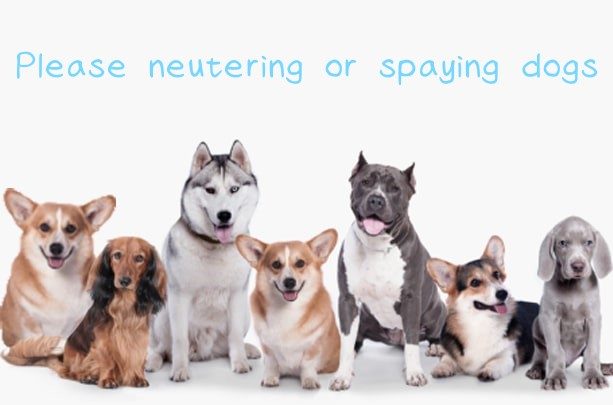
What are the options?
If you decide to spay or neuter your dog, you have options. You can have the procedure done at a veterinary clinic, animal shelter, or through a low-cost spay and neuter program. Some organizations also offer mobile spay and neuter clinics, allowing pet owners to have their pets sterilized at an affordable cost. Discuss the options with your veterinarian so you can make a decision that’s right for you, and your dog.
Surgical sterilization
During surgical sterilization, a veterinarian removes the male dog’s testes or the female dog’s ovaries, fallopian tubes, and uterus
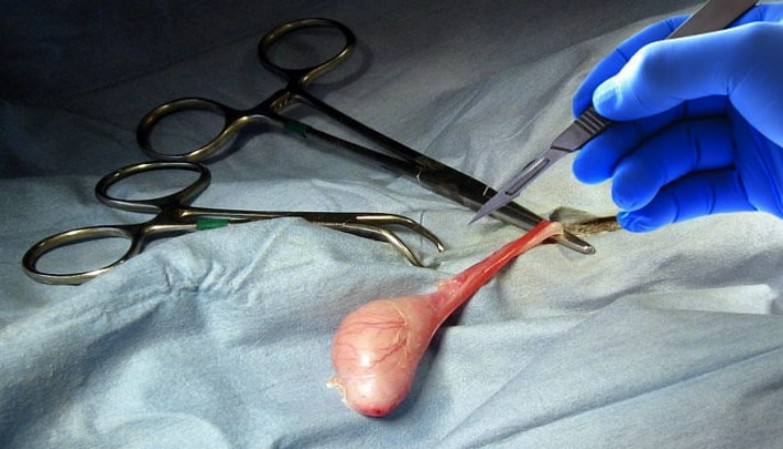
Surgical alternatives to traditional spaying and neutering
The procedures described above are the surgical procedures routinely used to spay or neuter dogs, but some pet owners opt for one of these alternatives:
Hysterectomy:
the uterus and part of the fallopian tubes are removed from a female dog or cat. This makes her unable to reproduce, but her ovaries remain and will produce hormones. This may not eliminate the dog or cat’s behaviors associated with the breeding instinct.
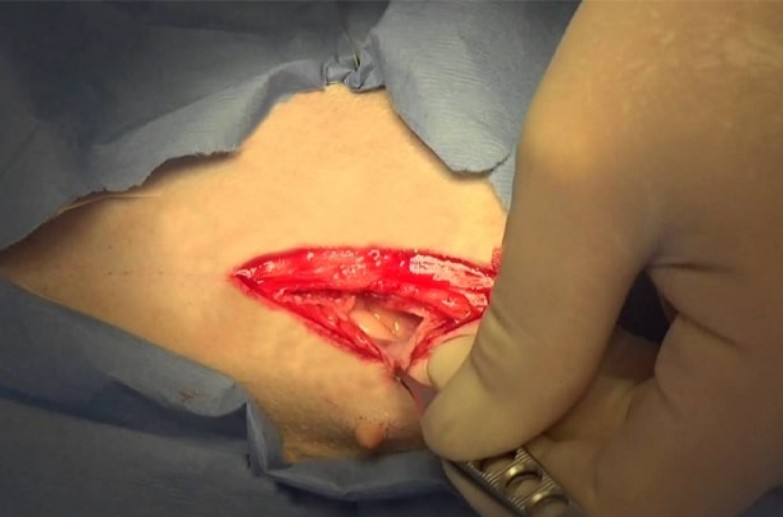
Vasectomy:
only the vas deferens, which conduct sperm from the testes, are removed. This procedure makes the dog or cat unable to reproduce, but his testes remain and will produce hormones. This may not eliminate the dog or cat’s behaviors associated with the breeding instinct.
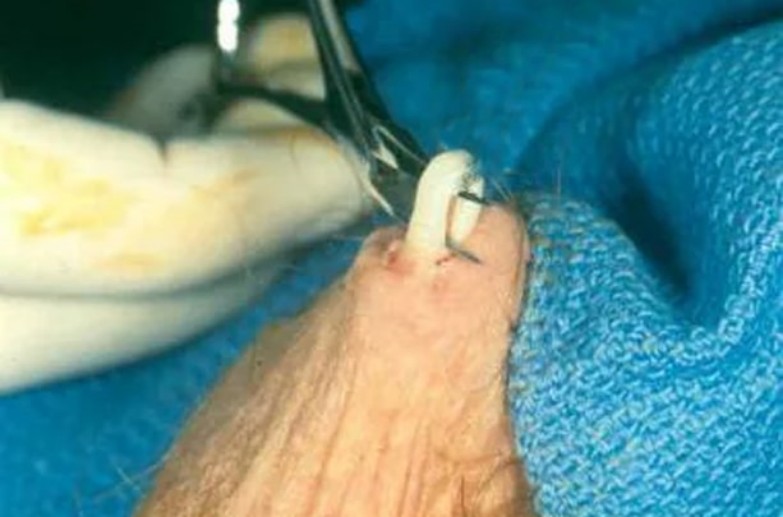
Ovariectomy:
the ovaries are removed from a female dog or cat, but the uterus remains. Similar to the ovariohysterectomy, this makes her unable to reproduce and eliminates her heat cycle and breeding instinct-related behavior.
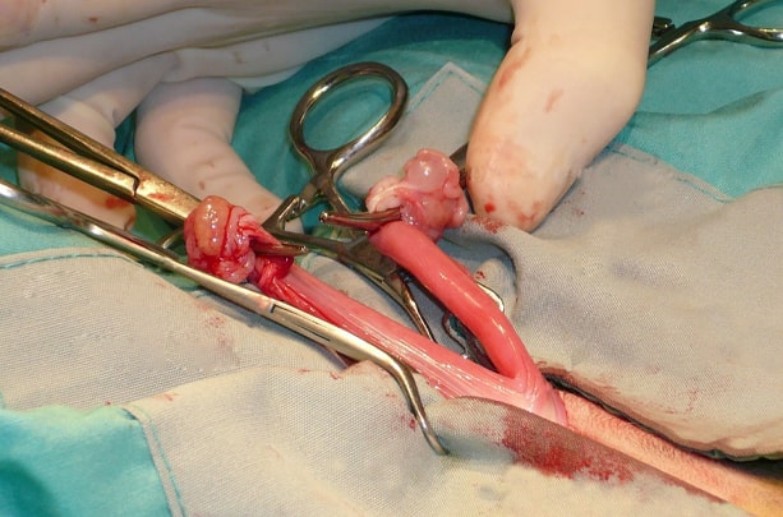
Nonsurgical sterilization
Chemical castration
there is an approved product on the market used to neuter male cats and dogs that is injected into the testes to stop the production of sex hormones and renders the dog infertile.
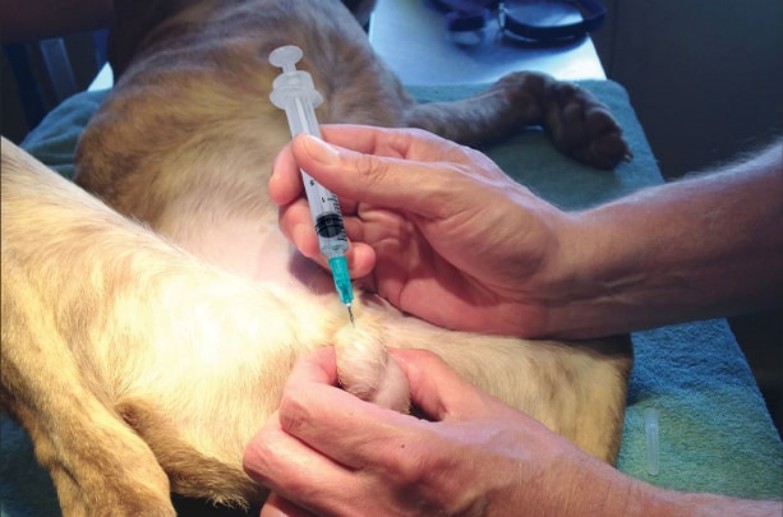
Laparoscopic sterilization
It is a minimally invasive procedure, which involves making two small incisions in the abdomen and using a camera-guided instrument to remove the dog’s reproductive organs.
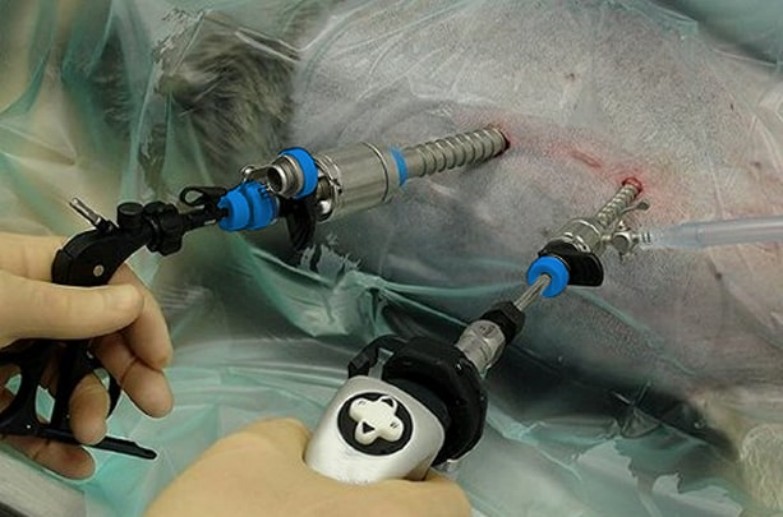
Both methods have been shown to be effective and safe, with fewer complications than traditional surgical procedures. However, it’s important to consult with a veterinarian to determine the best option for your dog based on its breed, age, and overall health.
Benefits of neutering or spaying dog
Neutering has many advantages for the long-term health of your dog including:
- Reduces the risk of benign prostatic hyperplasia (enlarged prostate that comes with age) and prostatitis (prostate infection)
- Reduces the risk of hormone-related diseases such as perianal adenoma (benign tumor around the anus)
- Prevents testicular cancer, the second most common cancer in intact (unneutered) dogs. Neutering prevents these tumors from forming and is also a form of treatment for testicular cancer, provided cancer has not metastasized (spread to other parts of the body).
- Removes sexual urges, and reduces roaming and urine marking in dogs.
- Reduces certain types of aggression
- Reduces the likelihood of separation anxiety or fearful elimination
- For female dogs, spaying prevents uterine infections and decreases the incidence of breast tumors, which are malignant or cancerous in about 50 percent of dogs and 90 percent of cats.
- Spaying your female dog prevents heat cycles and eliminates yowling, crying, erratic behavior, and bloody vaginal discharge.
- Neutered dogs generally live longer lives than unneutered dogs
- Prevents the dog from reproducing, controlling the overpopulation of dogs.
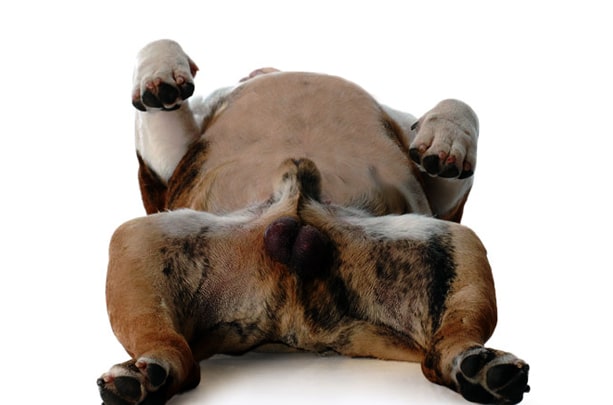
About neuter or spay myths and misconceptions
Over the years, there have been several myths and misconceptions surrounding spay/neuter procedures for pets.
1. MYTH: Spaying/Neutering A Pet Will Make will cause them to become overweight.
FACT: Weight gain is overfeeding and lack of exercise, NOT spaying and neutering. Which can be rectified by a balanced diet and regular exercise.
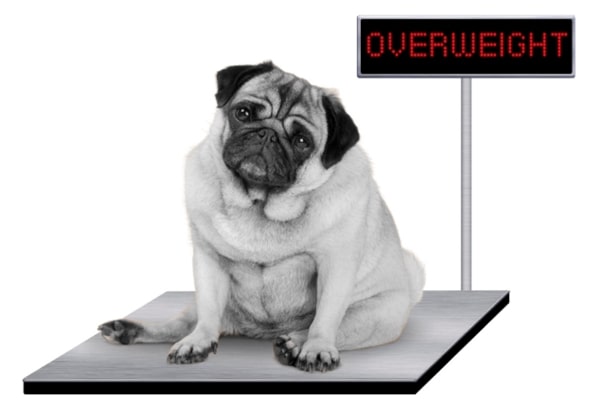
2. MYTH: The Spay/Neutering Procedure is Painful and Expensive and Has No Health Benefits
FACT: During a spay or neuter surgery, cats and dogs are fully anesthetized, so they would feel no pain while the surgery is being done. After the procedure, your veterinarian will be able to provide you with an aftercare and pain management plan for your pet to help them feel as comfortable as possible during their recovery. They return to normal activities after about a day.
When it comes to cost, the cost of your pet’s spay/neuter surgery is far less than the cost of having and caring for a litter.
The cost of the procedure varies based on location and the size and age of the animal, but many animal shelters and veterinary clinics offer low-cost or even free spay/neuter surgeries to help pet owners save money, and the procedure is proven to have many health benefits, including a reduced risk of certain cancers and diseases.
In addition, according to SpayUSA, spaying/neutering your pet will increase its chance of a longer, healthier, and happier life.
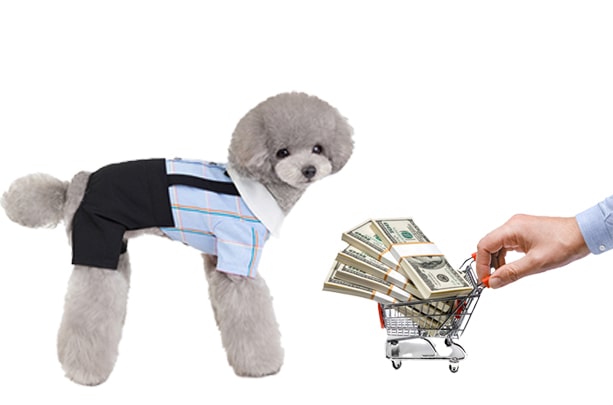
3. MYTH: Spaying Or Neutering Can Alter A Pet's Personality Or Cause Them To Become Depressed.
FACT: There isn’t any scientific evidence to support these claims. In most cases, there are some behavioral changes that could occur, such as a reduction in aggression, urine marking, and territorial behavior.
Like any surgical procedure, there is a potential for short-term changes in behavior following the surgery, such as grogginess and feeling lethargic. However, these effects are temporary and the pet typically returns to its usual self within a few days.
Overall, there are many health benefits to having your pet spayed or neutered that will greatly benefit your pet’s life in the long run.

4. MYTH: My Male Dog/Cat Will Feel Less “Manly”
FACT: This may seem like a strange concern but this has worried some pet owners! But rest assured, Neutering does not affect a male pet’s personality, dominance, or masculinity. Rather, it can benefit their health and prevent some unwanted behaviors.
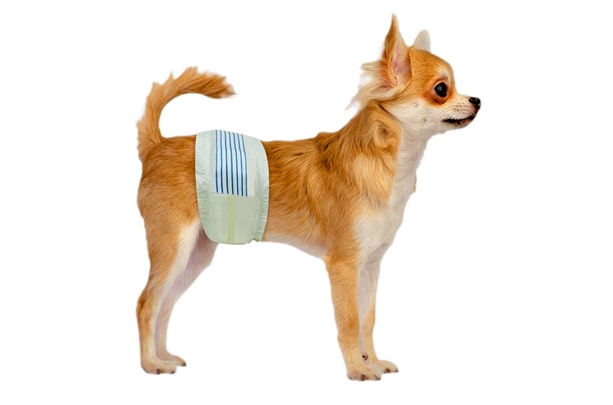
What are the side effects of spaying and neutering?
The overall consensus at this time is that neutering will increase the lifespan of a dog. There are some scientific studies that have suggested increased risks of certain health conditions. Potential side effects of neutering can include:
- Neutering a dog will reduce his metabolism; thus a neutered dog will have lower energy needs. At this time, overfeeding and lack of exercise contribute to obesity. By regulating your dog’s diet and caloric intake and ensuring regular – exercise, you can prevent obesity in neutered or intact males.
- Neutering large breed dogs before bone growth is complete has been associated with an increased risk of cruciate ligament tear (knee injury)
- Neutering before maturity may be associated with an increased risk of certain behaviors such as noise phobia.
The likelihood of the above negative health outcomes varies widely between breeds and sexes. Decisions about whether to spay-neuter should be reached through informed discussion with a veterinarian.
What are the risks of neutering and spaying ?
Spaying and neutering are both common surgical procedures that involve removing the reproductive organs of an animal. Like any surgical procedure, sterilization is associated with some anesthetic and surgical risks, but they do come with some potential risks.
Some common risks associated with spaying and neutering include infection, bleeding, adverse reactions to anesthesia, and complications with wound healing. But the overall incidence of complications is very low.
Before surgery, discuss the risks and benefits of neutering or spaying with your veterinarian to determine the best course of action for your pet.
When should I neuter or spay a dog?
The best time to neuter your dog will depend on several factors, including his breed and overall health.
For dogs: The average age for neutering puppies is around six months. For large breed dogs, waiting until around 14 to 16 months of age (when your pet’s bones are mature) may be more suitable, although this is still a subject of debate within the veterinary community.
“There is evidence that the best advice from a health perspective would be to put off neutering your pet until after puberty, which is at least a year—depending on the breed we might have fewer problems with orthopedics,”.
Consult your veterinarian about the most appropriate time to spay or neuter your pet based on his/her breed, age, and physical condition
Cost of neutering or spaying a dog
Spaying or neutering procedures can run anywhere from $35–$250 depending on your dog’s breed and age, where you live, and what type of veterinary clinic you visit. If your dog has any pre-existing conditions, the price could go up.
How can I find out about low-cost neuter or spay programs in my area?
To find low-cost neuter or spay clinics across the country, search the PetSmart Charities® database to locate providers in your community. You may also contact a local animal shelter or veterinarian to ask about available spay/neuter services near you.
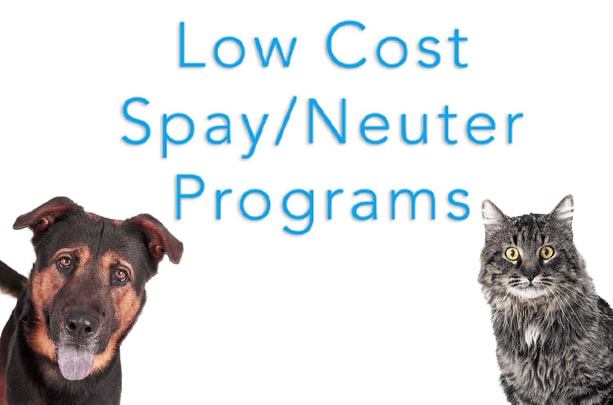
Process of neutering a dog
The surgery consists of making a small incision in front of the scrotum and removing the testicles. Many veterinarians use absorbable internal sutures or tissue adhesive for wound closure so that you do not have to return your dog to the hospital to have them removed.
Veterinary tissue adhesive for wound closure is ideal for closing shallow wounds, cuts, or lacerations. It is easy to apply and does not require the removal of stitches.
Perfectseal® has developed different formulations of vet bond tissue glue, and at the same time, designed a variety of packaging to meet different customer needs; if you are a tissue adhesive glue distributor, veterinarian or surgeon, looking for high quality and the best price tissue glue, please contact us! Perfectseal® will be your satisfied tissue glue supplier.
Pre-neuter surgery preparation
Pre-neuter surgery preparation involves the following a series of steps
1. Vaccinations
Recommend your pet be vaccinated at least one week prior to surgery with the DA2LPPv (distemper/parvo – for dogs) or FVRCP (distemper/upper respiratory – for cats).
This vaccination will lessen the chance of your pet contracting the disease, as well as decrease the severity of the disease if your pet does contract it. Please consult your regular veterinarian for further information.
In addition, North Carolina state law requires current rabies vaccination for your pet.
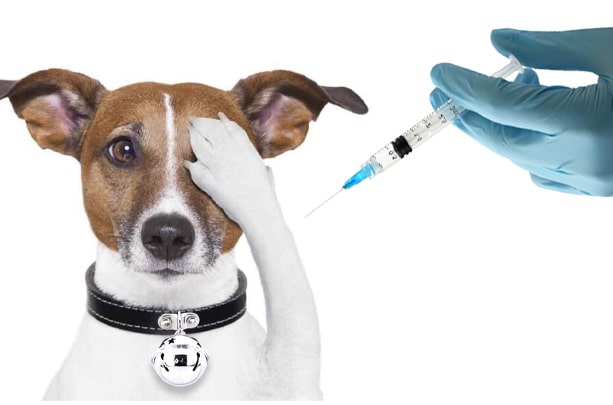
2. Keep Your Pet Indoors
Pets must be kept indoors or confined the night before surgery. This ensures that they are not eating unknown/foreign objects outside, which could potentially be dangerous during surgery.

3. Withhold food for a certain period before surgery
Prevent complications, such as vomiting or aspiration. Aspiration can lead to pneumonia and other complications.

4. Pre-operative examination
They may perform blood tests, radiographs, or an electrocardiogram to ensure that your pet is healthy enough to undergo the procedure safely.
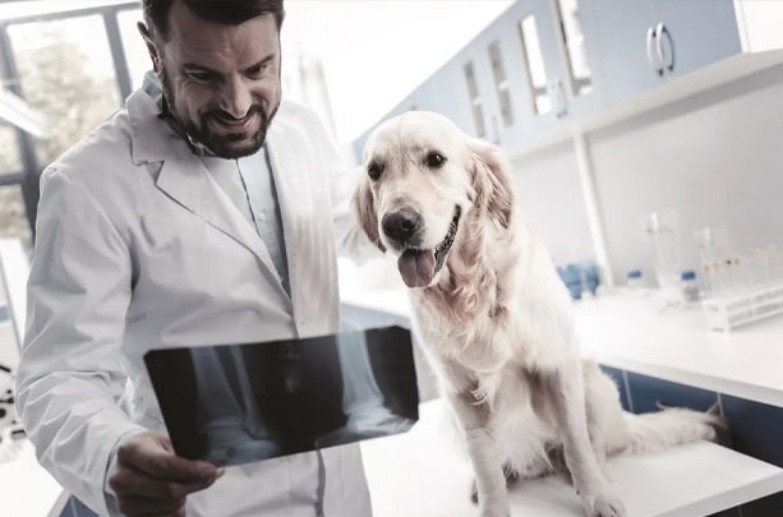
What to expect after neutering a dog?
Most dogs recover relatively quickly from neutering. A little wooziness is not unusual; post-anesthesia anxiety and fussiness are normal. In addition, dogs may undergo temporary changes in behavior and physical condition.
- Dogs may experience reduced levels of aggression, wanderlust, and marking territory
- Dogs may also become less interested in mating after neutering.
- Physically, dogs may need to wear an Elizabethan collar for several days to prevent them from licking or biting their incision site, which can cause irritation or infection.
- Dogs may need to be walked on a leash for several days to avoid running or playing, which can lead to trauma or rupturing of the incision area.
The recovery time for neutering is generally a few days to a week. Pet owners should closely monitor their dog’s behavior and contact their vet if they notice any unusual changes or symptoms.
Warning signs after dog neutering
After a dog is neutered, there may be some signs of an infection or complication, that pet owners should look out for.
Some of the possible complications following a spay and neuter procedure include:
- Infection
- Poorly healed wound
- Self-inflicted complications
- Anestetic complications
- Incontinence problems
- Hernias in females
- Scrotal bruising/swelling in males
- Ovarian remnants in females
- Internal bleeding
Here are some signs that your dog is developing an infection or experiencing a complication after their procedure;
- A bad smell coming from the incision site
- Acute redness, swelling, or bruising at the incision site
- Bleeding, or pus from the incision site
- Lethargy for more than a couple of days
- Has lost its appetite, or is drinking excessive amounts of water
- The incision site reopens
- Signs of pain for longer than a week (shaking, hiding, drooling)
- Vomiting or diarrhea longer than 24 hours after the procedure (some immediately after can be normal as a result of anesthesia)
Your vet will provide you with more information on what you can expect immediately after the procedure. However, If you see any of the above signs of a complication in your dog it’s important to call your veterinarian as soon as possible.

Neuter or spay post-surgical care and recovery instructions
- Limit Activity. ( Jumping or playing)
- Keep Them on a Regular Diet.
- Keep the Incision Dry.
- Check Their Incision Twice Daily.
- Monitor Pain Levels.
- Keep In-Heat Females Away From Males.
- Look Out for Complications.
- Call if You Have Concerns.
Other Common FAQ
1. How do I comfort my dog after neutering?
Provide your dog with a quiet place to recover indoors and away from other pets. Give him extra attention, love, and reassurance, and avoid any rough play or strenuous activity. Provide him with help as directed by the vet.
2. How long after neutering does behavior change the dog
After the neutering procedure, the behavior change in dogs can happen after 6 weeks. This may vary depending on the dog’s production of testosterone, the male hormone. Sometimes, neutered dogs may still show behaviors of an intact dog and attempt to mount a female dog in heat. Some experts recommend neutering before sexual maturity to have the most impact on behavior.
3. Will my dog stop mounting after neutering
Although neutering doesn’t always stop a dog from mounting or masturbating, it is considered the most effective way to reduce mounting behaviors.
Dog aggression can have several underlying causes, including genetics, behavioral issues, and hormonal imbalances, among others. Neutering, or castration, can help reduce aggression caused by hormonal imbalances in male dogs. However, neutering alone may not solve the problem completely.
It is recommended to consult a professional dog behaviorist to diagnose the specific cause of your dog’s aggression and provide a tailored solution.
The behaviorist may recommend different techniques such as counter-conditioning, desensitization, and positive reinforcement to modify the dog’s behavior.
You may also need to make changes in your dog’s routine or habits, such as increasing exercise or socialization. Consistency and patience are key to successfully overcoming dog aggression after neutering.
4. Dog sack after neutering
After neutering, dogs may develop a swelling or a sac in the scrotal area, which is known as a dog sack. This swelling is caused by the accumulation of fluid or blood in the scrotum, which occurs due to the separation of the testicles from the blood supply.
The scrotum is often swollen in the first few days after surgery, leading some people to wonder if the procedure was really performed. If the dog is immature at the time of neutering, the empty scrotum will flatten out as he grows. If he is mature at the time of neuter, the empty scrotum will remain as a flap of skin.
5. How long after a neutering dog is a testosterone gone
Six Weeks
Activity levels may be reduced in both males and females after spaying and neutering, but this is by no means certain in all dogs. It’s important to note that males may still engage in full-testosterone male behaviors while their male sex hormone levels diminish after surgery. This can take up to six weeks.
6. When can a dog lick after neutering
Absolutely no licking of the incision area is allowed! If your pet is going to lick or begins to lick their incision, they need to wear an E-Collar (plastic cone) for 7-10 days after surgery.
7. How soon can I walk my dog after neutering?
We would usually advise that you keep your dog rested for 24-48 hours post-surgery with just gentle exercise in the garden. Most veterinarians recommend limiting exercise and physical activity for about two weeks after the surgery to prevent any complications.
8. When can I bathe my dog after neutering
Avoid getting the incision wet until the incision site has fully healed, about 14 days.
9. How to stop a male dog from marking inside the house without neutering
There are several ways to stop a male dog from marking inside the house without neutering.
- Use an Enzymatic Cleaner to Stop Marking Inside
Use an enzymatic cleaner to get rid of all stains and odor, and prevent them from using a certain spot as their ‘go-to’ marking area. Preventing them from smelling their own urine is a simple way how to stop a dog from marking in the house. - Consider using belly bands or doggie diapers to prevent marking.
- Use behavioral training techniques.
Consistent and positive reinforcement can help teach your dog that marking is not acceptable behavior.

